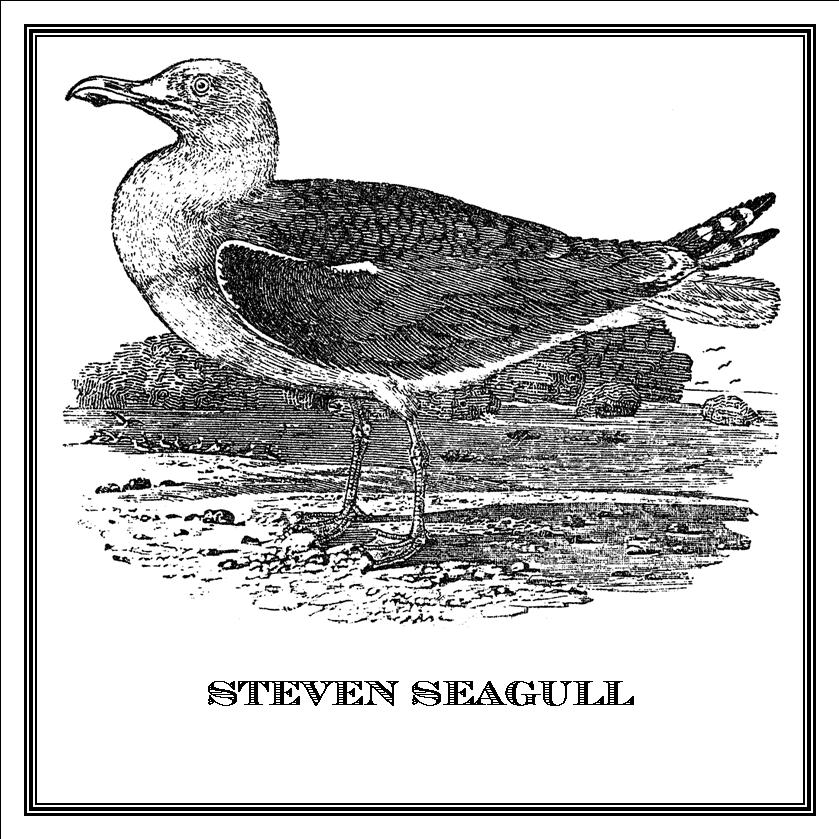The Romans were known for their impressive engineering, architecture, and military tactics. However, their advancements in medicine are often overlooked. The Roman Bronze Zoomorphic Scalpel, Lot No. 447, 1st-2nd century AD, is a testament to their medical knowledge and expertise.

This surgical instrument is not only functional but also intricately designed to showcase the Romans' appreciation for art and beauty. The scalpel is made of a pointed ferrous blade and set into a cast bronze handle in the shape of a dolphin gripping the blade in its jaws. It's not just visually appealing; the dolphin symbolizes the healing power of water and serves as a metaphor for the surgeon's swift and precise movements.
Surgical procedures in ancient Rome were mostly performed on battlefields or in households. They involved procedures such as amputations, bloodletting, and treating wounds. As such, there was a dire need for surgical instruments that were portable, efficient, and hygienic. The Roman Bronze Zoomorphic Scalpel ticks all these boxes.
The pointed ferrous blade was perfect for cutting skin and tissue without leaving jagged edges. The bronze handle, on the other hand, was ideal for minimizing the spread of bacteria. Bronze has antimicrobial properties, which explains why it was the preferred material for medical instruments during this era.
The dolphin-shaped handle is an excellent representation of the Romans' medical beliefs. They believed that clean water had healing powers, and the dolphin, being a sea creature, was a symbol of the power of water to heal. The scalpel is not only an exceptional example of Roman engineering, but it also highlights their cultural beliefs and tendencies.
In conclusion, the Roman Bronze Zoomorphic Scalpel is a testament to the ancient Romans' surgical prowess and cultural beliefs. This scalpel shows us that the Romans were just as skilled in medicine as they were in other fields. It's an excellent representation of their engineering capabilities, as well as their love for art and beauty. The scalpel's dolphin-shaped handle reminds us that the Romans' beliefs and practices extended beyond the realm of science and medicine. The Roman Scalpel is not just a surgical instrument; it's a glimpse into the Roman way of life.